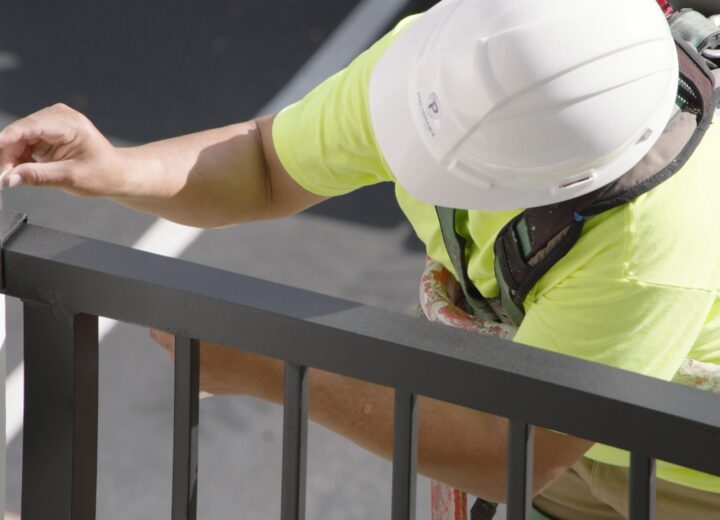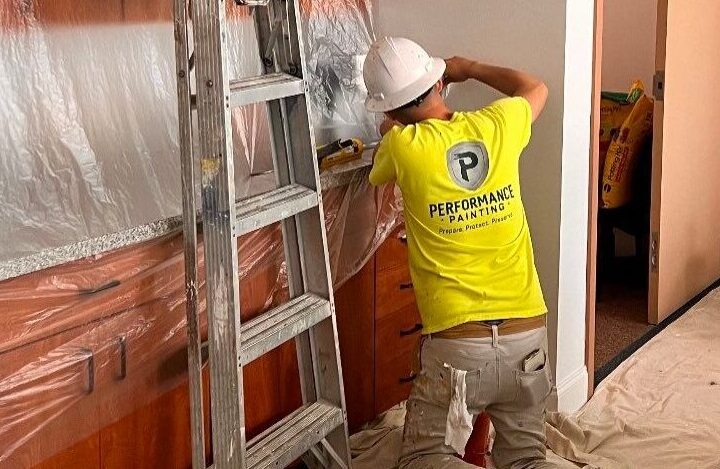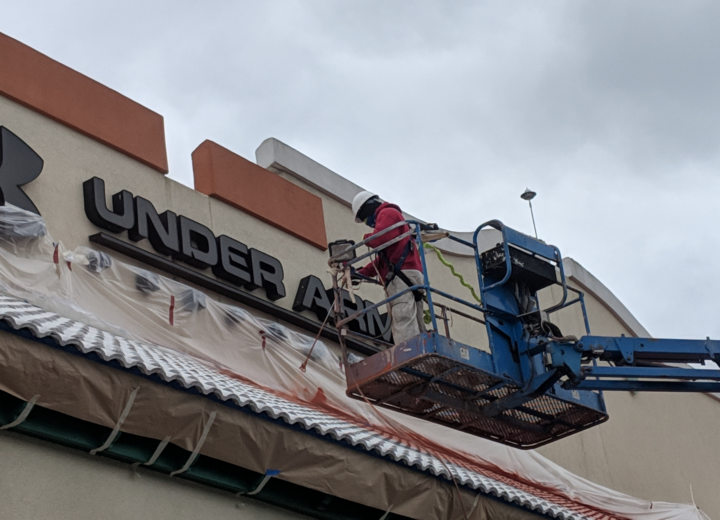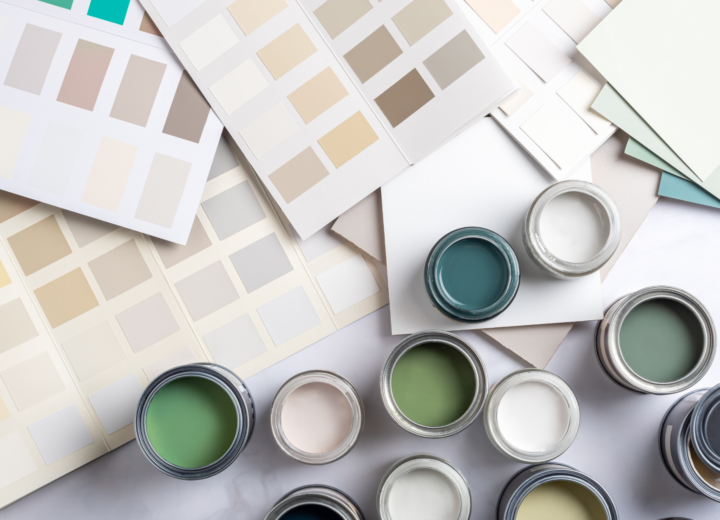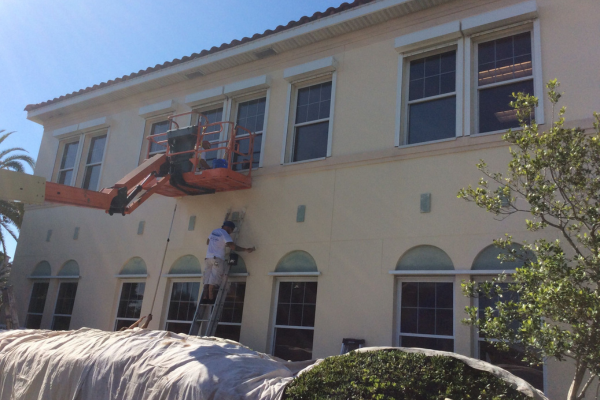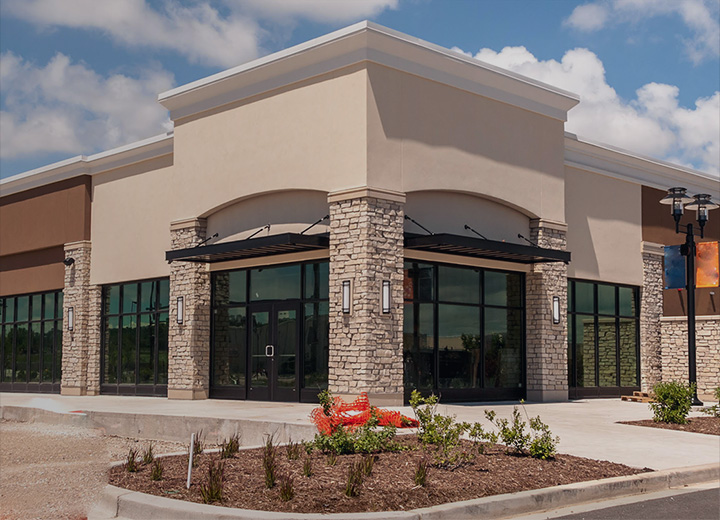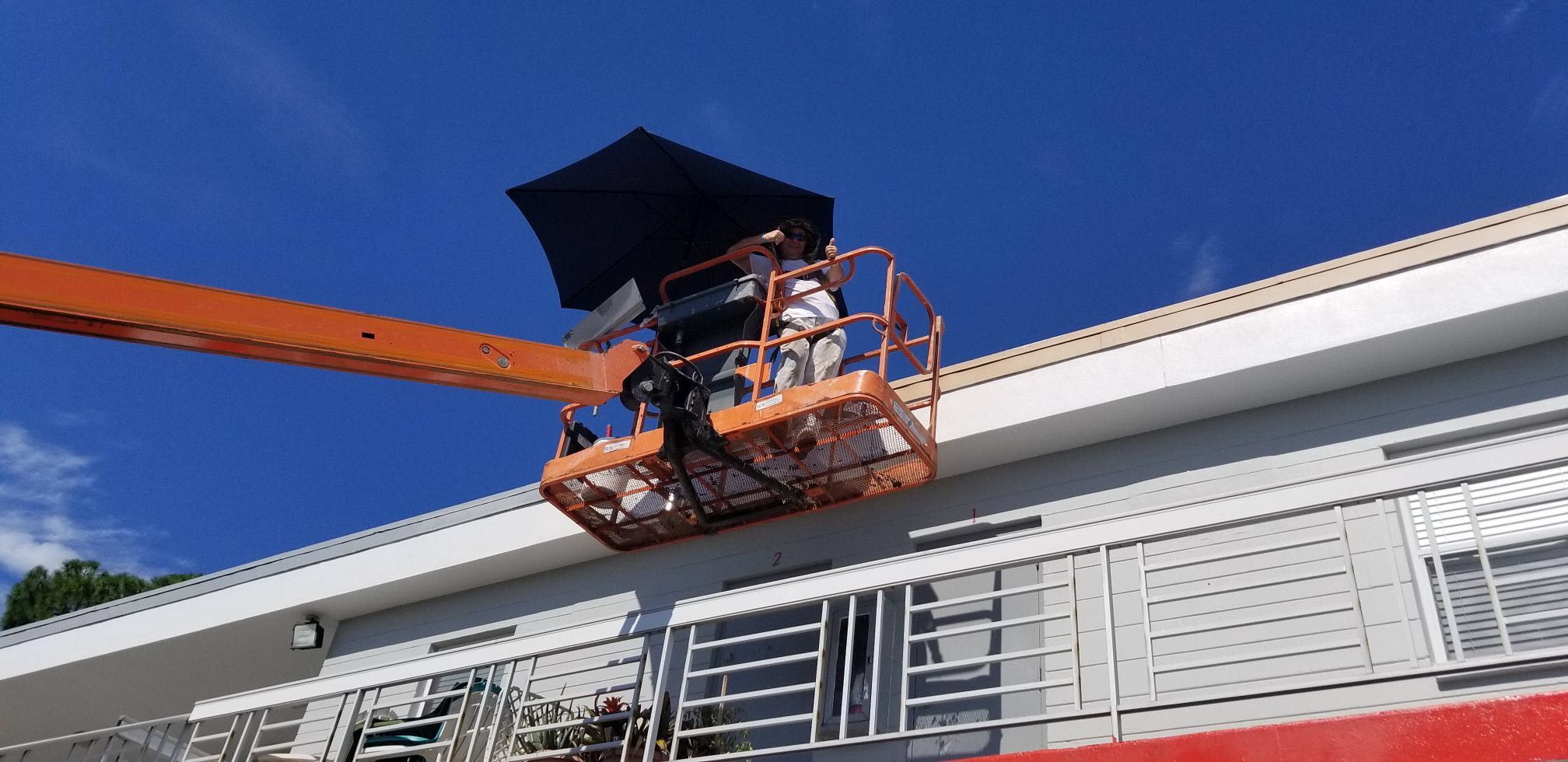
Commercial siding can come in many forms, but the most common are vinyl and metal. Both of these materials require correct tools and techniques for painting.
Business owners are sometimes intimidated by painting commercial siding. They may have no practical experience in doing it, since the average business owner will rarely perform a paint project on these surfaces. However, the benefits are worthwhile.
A new exterior paint job can revitalize your commercial building and help it stand out. This is a good way to support your efforts for increased foot traffic. First impressions count, and the public will judge the state of your business by what they see at a glance.
That said, painting commercial siding does require the right mindset.
Although it’s difficult to damage commercial siding by painting it incorrectly, you could end up wasting time and money with a project you’ll be starting over sooner rather than later.
Painting Metal Commercial Siding
During the day, the metal substrate’s exposure to the sun causes it to heat up and expand. At night, cooling temperatures produce the opposite effect – the material contracts. This effect is more pronounced on commercial metal siding than most might think.
Cracking can begin during the painting process, which lengthens the project considerably, and will only continue over time. To prevent this damage, it’s crucial to select the right coatings.
Commercial metal coatings should be:
- Highly flexible
- Resistant to fading
- Able to retain gloss
Fading and gloss reduction are secondary concerns that make painted siding look dull and lifeless. These processes are accelerated by sun exposure and are especially noticeable on the east-facing facade of a building. Dark colors absorb more solar radiation and thus fade faster.
In hotter climates, give serious consideration to light-colored coatings. Dark-colored siding can reach temperatures more than 50°F greater than light-colored siding with the same material and solar exposure. Absorption can also make climate control within the building more costly and difficult.
If your goal is to reproduce the original factory finish, a few extra steps are required. Most industrial paints do not use the high quality inorganic pigments needed. Likewise, you’ll need to be sure the refinishing enamel has a gloss level matching your original coating specifications.
Painting Vinyl Commercial Siding
Commercial vinyl siding is more similar to the siding used on residential buildings. Its high durability and low maintenance requirements make it suitable for a wide range of applications.
One of the main concerns when painting vinyl siding is ensuring the appropriate surface conditions. Building exteriors begin to look dull and worn out as pollutants build up over time. Preparing the surface should begin with pressure washing.
Latex acrylic paint formulated for outdoor use is ideal for commercial vinyl siding. Since it is particularly responsive to weather conditions while it settles, painting should only be performed on clear, temperate days. Work should pause whenever it’s hot, humid, or windy.
Prior to painting, primer should be applied. Two coats of paint are standard on residential vinyl siding, but additional coatings and treatments can be used to enhance the appearance of commercial siding. Always discuss your expectations with your painting contractor in depth.
Painting Other Commercial Siding Types
Wood, masonry, and composite materials are just a few of the other commercial siding types in occasional use around the country. These are often historic buildings and produce value from their aesthetic appeal – for example, restaurants and hospitality properties.
Stucco is commonly applied to brick or stone as an exterior cement plaster. Painting commercial stucco requires that the surface be fully repaired before finishing is applied. Well-laid stucco should last through the life of your building with minimal maintenance.
Some surfaces cannot be painted, while others should be painted minimally to preserve the authentic character of the original painting. In the majority of cases, however, the right commercial painting techniques can enhance the appeal of even older and nonstandard buildings.
Regardless of what material your exterior is made from, commercial waterproofing is best done at the same time as your painting project. Water penetration is a serious risk in Jacksonville and the Tampa Bay Area, especially during hurricane season.
Good waterproofing should be extremely thorough, including the walls, roofing, siding, and foundations. This protects both your business and the public.
For your free estimate, contact Performance Painting Contractors today.

